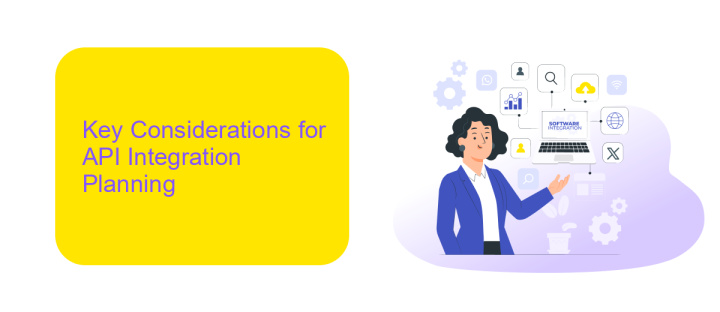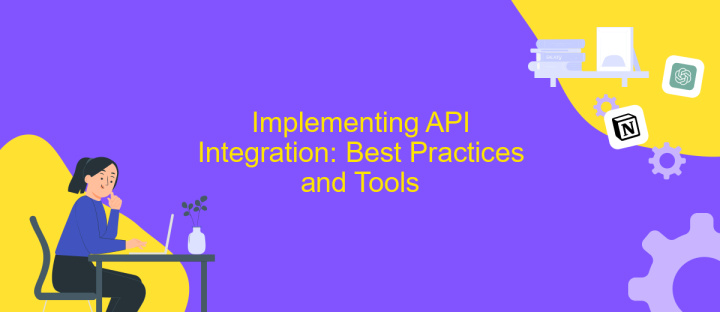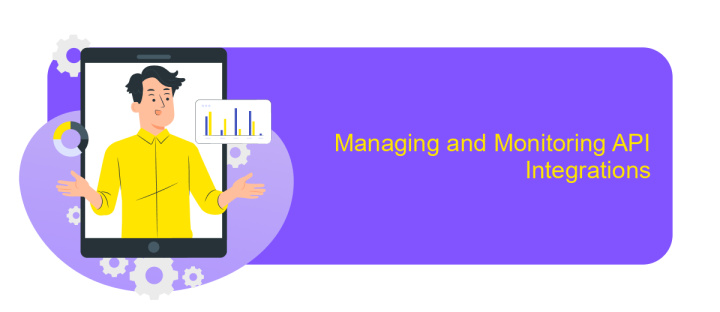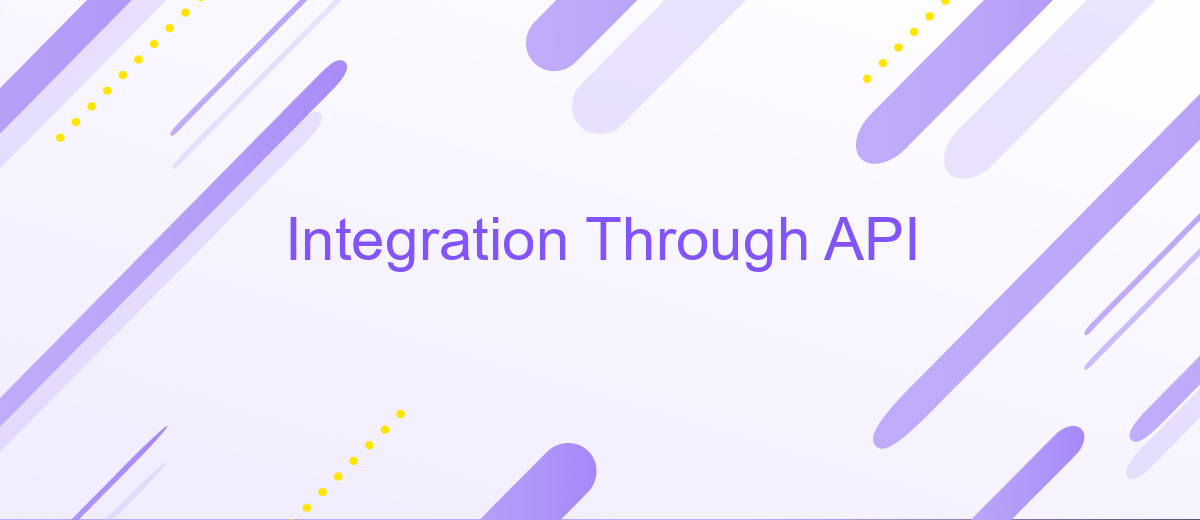Integration Through API
In today's rapidly evolving digital landscape, seamless integration through APIs (Application Programming Interfaces) has become essential for businesses striving to enhance connectivity and streamline operations. APIs act as bridges, enabling diverse software systems to communicate and share data effortlessly. This article explores the transformative power of API integration, highlighting how it fosters innovation, improves efficiency, and unlocks new opportunities for growth across various industries.
Understanding API Integration and its Benefits
API integration is a crucial component in modern software development, enabling disparate systems to communicate and share data seamlessly. By connecting different applications through APIs, businesses can automate processes, enhance functionality, and improve user experiences. This integration allows for real-time data exchange, which is essential for maintaining up-to-date information across platforms.
- Improved efficiency: Automating tasks reduces manual effort and minimizes errors.
- Enhanced scalability: Easily add new services and features without overhauling existing systems.
- Cost-effectiveness: Save resources by utilizing existing platforms rather than building new ones from scratch.
- Flexibility: Quickly adapt to changing business needs and technological advancements.
- Better customer experience: Provide users with seamless interactions across various applications.
Understanding API integration is vital for any organization looking to stay competitive in today's digital landscape. By leveraging APIs, businesses can unlock new opportunities, streamline operations, and deliver superior products and services. As technology continues to evolve, the ability to effectively integrate APIs will become increasingly important, offering a strategic advantage to those who master it.
Key Considerations for API Integration Planning

When planning for API integration, it is crucial to first understand the specific business needs and objectives. This involves identifying which systems need to be connected and what data should be exchanged. Consider the scalability and flexibility of the API to ensure it can adapt to future growth and changes. Security is another key factor; ensure that the API supports robust authentication and encryption methods to protect sensitive information.
Additionally, assess the technical compatibility between the systems involved. Evaluate the API documentation and support provided by the vendor, as these are essential for a smooth integration process. Tools like ApiX-Drive can simplify the integration by offering a user-friendly interface and pre-built connectors, reducing the need for extensive coding. Finally, establish a plan for monitoring and maintaining the integration to quickly address any issues that arise, ensuring continuous and efficient operation.
Implementing API Integration: Best Practices and Tools

Implementing API integration effectively can significantly enhance system functionality and interoperability. To achieve seamless integration, it is crucial to adhere to best practices that ensure reliability and efficiency. By focusing on these practices, developers can minimize potential errors and improve the overall performance of the integrated systems.
- Understand the API documentation thoroughly to leverage its full potential.
- Ensure secure authentication and authorization mechanisms are in place.
- Implement error handling and logging to facilitate debugging and maintenance.
- Optimize data transfer by using appropriate data formats and compression techniques.
- Test the integration extensively to identify and resolve issues early.
Choosing the right tools is equally important for successful API integration. Tools like Postman for testing, Swagger for documentation, and API management platforms such as Apigee or AWS API Gateway can streamline the integration process. By combining best practices with the right tools, developers can create robust and scalable API integrations that meet business needs and enhance user experience.
Managing and Monitoring API Integrations

Managing and monitoring API integrations is crucial for ensuring seamless operation and optimal performance. Effective management involves understanding the API's capabilities, limitations, and the specific requirements of your system. Regularly reviewing API documentation and updates can prevent potential issues and enhance integration efficiency.
Monitoring, on the other hand, focuses on tracking the performance and health of the API connections. This includes observing response times, error rates, and data accuracy. Implementing robust monitoring tools can help identify bottlenecks and anomalies, allowing for swift resolution and minimizing downtime.
- Set up automated alerts for unusual activity or errors.
- Regularly review API usage logs for performance insights.
- Ensure compliance with data privacy and security standards.
- Update API keys and tokens periodically to maintain security.
Proactive management and monitoring not only enhance the reliability of API integrations but also contribute to improved user experience. By staying vigilant and responsive to changes, businesses can leverage APIs to their full potential, driving innovation and efficiency across operations.
Future Trends in API Integration
As we look towards the future of API integration, a significant trend is the increasing adoption of AI-driven solutions. These intelligent systems are expected to automate and optimize integration processes, reducing the need for manual intervention. By leveraging machine learning algorithms, APIs can predict and adapt to various integration challenges, ensuring seamless connectivity across diverse platforms. This shift towards smarter integration solutions will not only enhance efficiency but also provide businesses with deeper insights into their operations.
Another emerging trend is the rise of low-code and no-code platforms, such as ApiX-Drive, which empower non-technical users to configure and manage API integrations effortlessly. These platforms are democratizing access to integration capabilities, allowing businesses of all sizes to streamline their operations without the need for extensive technical expertise. As these tools continue to evolve, we can expect more intuitive interfaces and robust features that cater to an ever-expanding range of integration scenarios, ultimately fostering greater innovation and collaboration across industries.
FAQ
What is API integration, and why is it important?
How can I get started with API integration for my business?
What are some common challenges faced during API integration?
How does an integration platform like ApiX-Drive help in API integration?
Can API integration improve data accuracy and consistency?
Do you want to achieve your goals in business, career and life faster and better? Do it with ApiX-Drive – a tool that will remove a significant part of the routine from workflows and free up additional time to achieve your goals. Test the capabilities of Apix-Drive for free – see for yourself the effectiveness of the tool.

